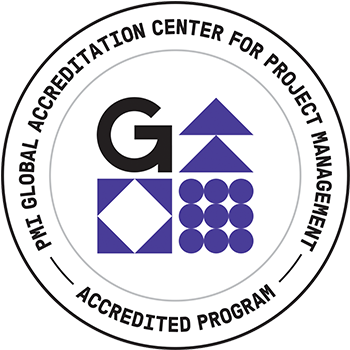
 Paper (11): Beyond Carbon Mitigation: the Necessity of Resilience for Commercial Buildings in Disaster-Prone Regions
Paper (11): Beyond Carbon Mitigation: the Necessity of Resilience for Commercial Buildings in Disaster-Prone Regions
Abstract: The way to address climate risk depends on the investment decision that trades off, at least implicitly, carbon mitigation (slowing down the global warming) for resilience management (adapting to the global warming). As a traditional solution, investment in carbon mitigation, such as adopting energy efficient technologies, can save energy cost and get revenues from carbon offset sales. As global temperature continues increasing and more areas are subjected to severe natural disasters, the investment in carbon mitigation becomes less attractive than ever, given that the uncertain cost of structure failure can easily overshadow the merits of saved energy and emissions. Resilience management is therefore gaining prominence as a complementary tool to control the loss from climate risk. This tool, working together with carbon mitigation, is expected to build a more sustainable and resilient community.
This study proposes a dynamic optimization model to characterize firms’ climate actions in the context of disaster-prone regions where the buildings are exposed to the risk of multiple natural disasters. In addition to traditional approaches of reducing carbon emissions, they are offered with an option of enhancing structure resilience for adapting to flooding and hurricanes in the future. Each firm is a profit maximizer. The profit accounts for not only the payoffs from carbon mitigation, but also for the expected losses from building failure in disaster. Seven disaster-prone areas across the United States are studied for illustrative purposes with more than one natural disasters weighing into the loss estimation.
Biography: Qingbin Cui is Associate Professor of Civil Engineering at the University of Maryland, College Park. He has over 20 years of industry and research experience and specializes in the areas of transportation finance, public-private partnerships, and sustainable development. He is a technical consultant to U.S. Department of Transportation for the Public Private Partnership Capacity Building Program. He is also a member of the expert panel for the U.S. Department of Energy on energy performance contracting. He led the methodology development of emission benchmark on pavement projects under the Verified Carbon Standard program. Dr. Cui has extensive project management experience particularly on international projects. He was a project analyst with China Fortune Investment and provided feasibility analysis and due diligence services on energy projects under the Torch Programme. Prior to that, he worked as a field engineer, team leader, and project manager at Sinopec (NYSE: SNP) and managed various types of construction projects including residential and commercial buildings, schools, industrial facilities, and roads. He also served as an estimator in the Kaifeng-Luoyang Expressway project funded by the World Bank. Dr. Cui holds a BS in Construction Engineering and Management and MS in Economics from Tianjin University in China and Ph.D. in Civil Engineering from Purdue University.

